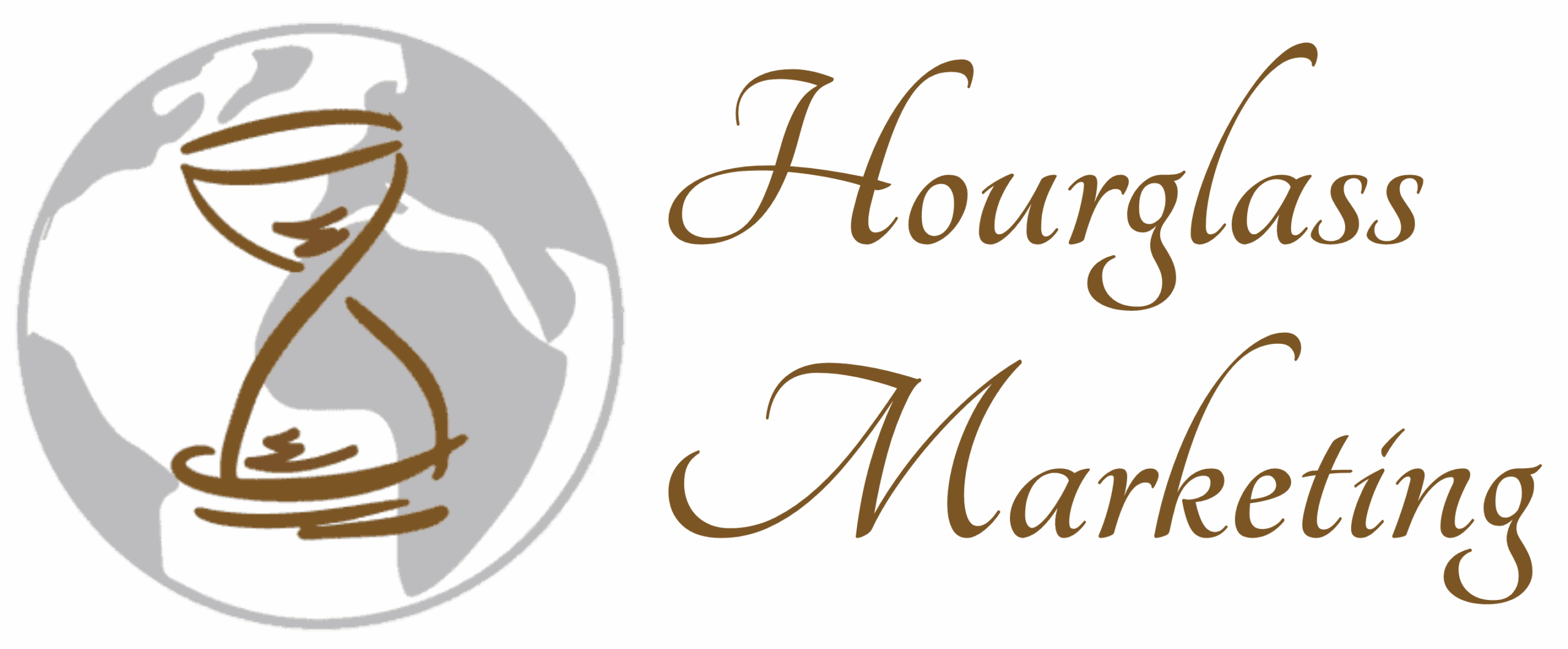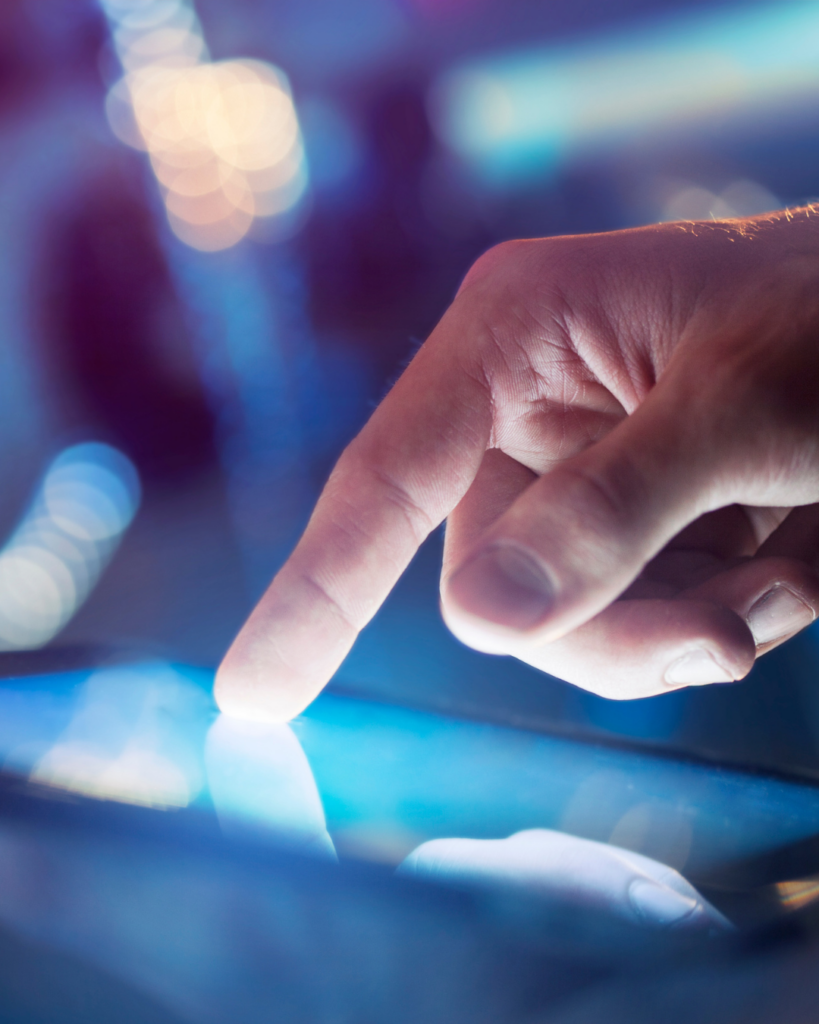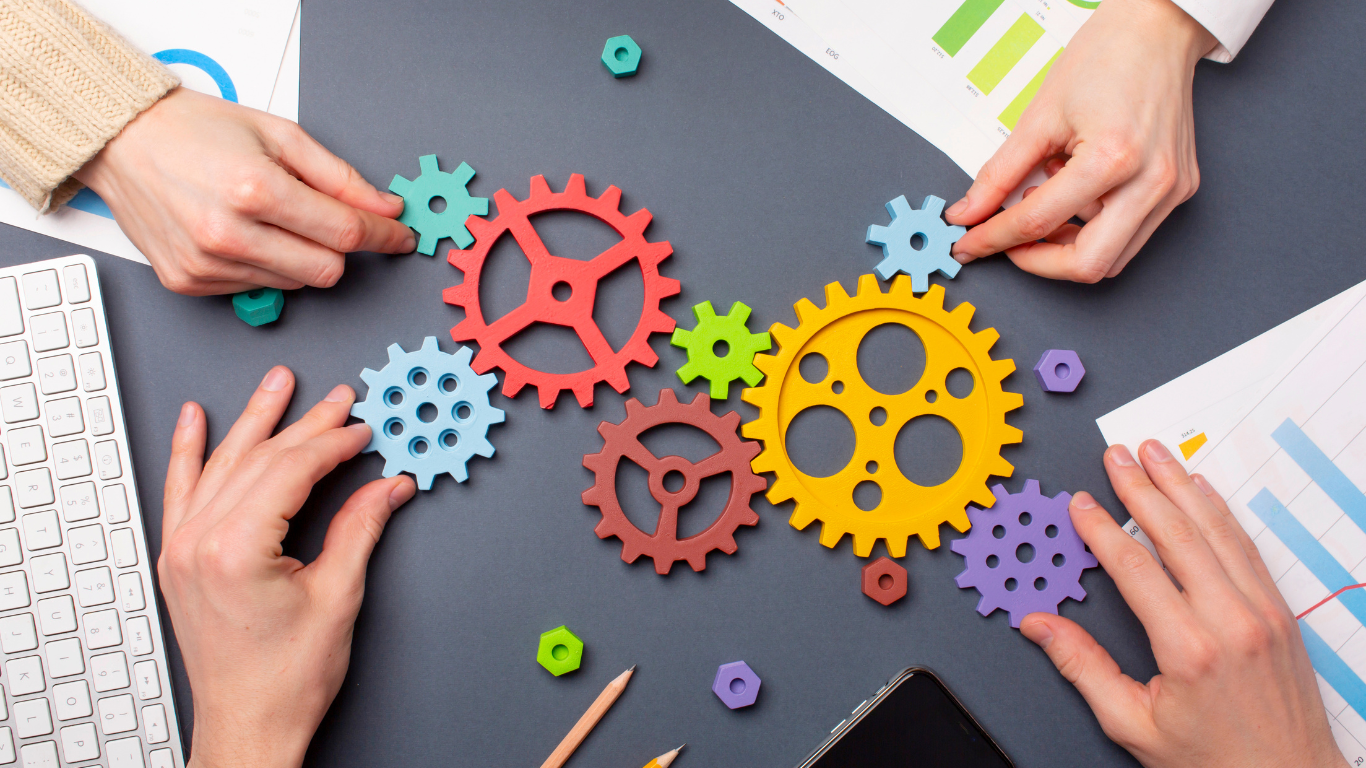
Colors play an essential role in the world of branding and design. They can evoke emotions, convey messages, and even influence consumer behavior. In fact, studies have shown that color can increase brand recognition by up to 80%. Whether you’re designing a website, a logo, or a product, choosing the right colors can make or break your brand’s identity. In this blog, we will dive into the psychology of colors and how they can be strategically used in branding and design to enhance customer engagement.
1. Red: Energy and Passion
Red is one of the most attention-grabbing colors, known for its boldness and intensity. It is often associated with energy, excitement, and passion, making it a popular choice for brands that want to convey urgency or high energy.
Psychology Behind Red:
Represents: Passion, excitement, energy, action, love, and urgency.
Effect on Audience: Can increase heart rate and create a sense of urgency or excitement.
Common Uses: Used in the food industry (think Coca-Cola and McDonald’s), retail sales, and clearance sales.
When to Use:
If you want to create a sense of urgency or excitement.
For industries like food, fitness, and entertainment where high energy is a key element of the brand.
2. Blue: Trust and Calmness
Blue is widely known for evoking feelings of calmness, trust, and reliability. It is often used by businesses in the banking, healthcare, and technology sectors because it inspires confidence and professionalism.
Psychology Behind Blue:
Represents: Trust, security, professionalism, calmness, and loyalty.
Effect on Audience: Blue has a calming effect, lowering heart rates and reducing anxiety, making it a go-to color for companies aiming to foster trust.
Common Uses: Popular in financial institutions (Chase, American Express), tech companies (Facebook, Twitter), and healthcare brands (Johnson & Johnson).
When to Use:
If your goal is to build trust and credibility.
For businesses in the financial, tech, and healthcare sectors, where professionalism and reliability are key.
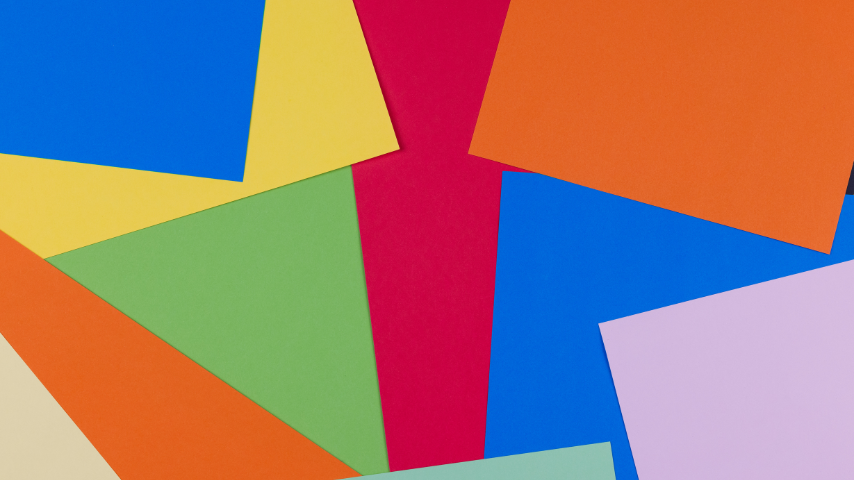
3. Yellow: Optimism and Attention
Yellow is associated with positivity, warmth, and happiness. It’s the color of sunshine and is known to grab attention quickly. However, if used excessively, it can become overwhelming.
Psychology Behind Yellow:
Represents: Optimism, happiness, attention, and energy.
Effect on Audience: Creates a sense of cheerfulness but can also cause eye strain when overused.
Common Uses: Found in brands like McDonald’s and Subway, often used to attract attention in advertising.
When to Use:
If you want to convey optimism, positivity, and excitement.
In advertising or sales promotions where attention-grabbing is crucial.
4. Green: Nature and Growth
Green is universally associated with nature, health, and growth. It is often used in branding to represent environmental sustainability, organic products, or health-related businesses.
Psychology Behind Green:
Represents: Growth, health, nature, balance, and wealth.
Effect on Audience: Green induces a sense of calm and relaxation, making it a great choice for wellness or nature-based products.
Common Uses: Used by brands in the health, environmental, and organic food industries (Whole Foods, BP).
When to Use:
For businesses that want to communicate sustainability, wellness, or eco-friendliness.
Perfect for brands in the organic, health, and environmental sectors.
5. Purple: Luxury and Creativity
Purple combines the stability of blue and the energy of red, making it a color that symbolizes luxury, creativity, and sophistication. Historically, purple was a color reserved for royalty, which is why it continues to be associated with wealth and high-end products.
Psychology Behind Purple:
Represents: Luxury, creativity, royalty, sophistication, and wisdom.
Effect on Audience: Purple can evoke a sense of elegance and exclusivity, making it ideal for premium products.
Common Uses: Seen in luxury brands (Louis Vuitton, Chanel) and creative industries (Twitch, Yahoo).
When to Use:
If your brand aims to communicate luxury, exclusivity, or creativity.
For high-end products or businesses in the creative industry like fashion or the arts.
6. Orange: Enthusiasm and Innovation
Orange is an energetic and playful color. It combines the energy of red and the optimism of yellow, making it a popular choice for brands that want to convey fun, creativity, and enthusiasm.
Psychology Behind Orange:
Represents: Enthusiasm, creativity, warmth, and innovation.
Effect on Audience: Can evoke feelings of excitement and urgency while also being less overwhelming than red.
Common Uses: Used by brands like Nickelodeon, Fanta, and Amazon.
When to Use:
If you want to communicate enthusiasm and creativity.
Perfect for entertainment, technology, and product-based brands aiming to seem fun and approachable.
7. Black: Sophistication and Power
Black is a timeless color that symbolizes sophistication, elegance, and power. It’s versatile and can be used to create high contrast designs that exude luxury and authority.
Psychology Behind Black:
Represents: Sophistication, power, elegance, and mystery.
Effect on Audience: Can create a strong, authoritative presence but can also feel cold or distant when used excessively.
Common Uses: Used by luxury brands (Chanel, Apple), tech companies (Nike, Sony), and in high-end fashion.
When to Use:
If your brand’s aim is to communicate sophistication, authority, or elegance.
Ideal for high-end products or luxury services.
8. White: Simplicity and Purity
White is often associated with simplicity, purity, and cleanliness. It’s a color that can convey a sense of space and clarity, making it an ideal choice for minimalist designs.
Psychology Behind White:
Represents: Purity, cleanliness, simplicity, and peace.
Effect on Audience: Evokes feelings of clarity and freshness, and is often used as a background to allow other colors to stand out.
Common Uses: Common in tech, healthcare, and beauty industries (Apple, Nike, and medical brands).
When to Use:
If you want to convey simplicity, clarity, or purity.
Perfect for minimalist designs or industries where cleanliness and professionalism are a priority.
The psychology of colors is a powerful tool in branding and design. Understanding how different colors can influence emotions and behaviors allows brands to strategically use color to communicate their messages more effectively. Whether you’re designing a logo, website, or marketing materials, choosing the right colors can significantly impact the way your audience perceives your brand.
So, when developing your branding and design strategy, remember that colors aren’t just about aesthetics—they’re a powerful way to connect with your audience on a deeper, emotional level.
Contact us today to learn how Hourglass Marketing Solutions can help you to design your own brand.
